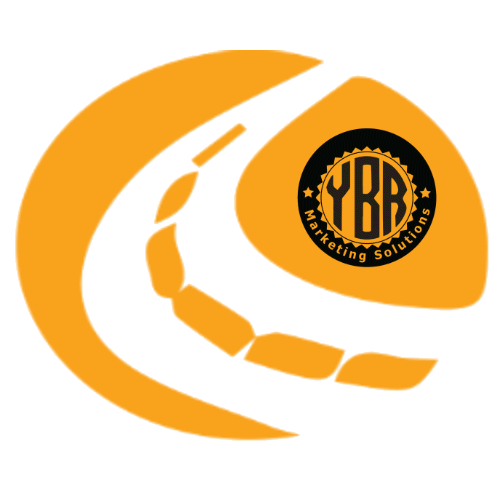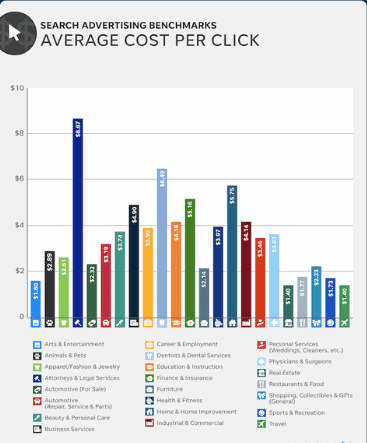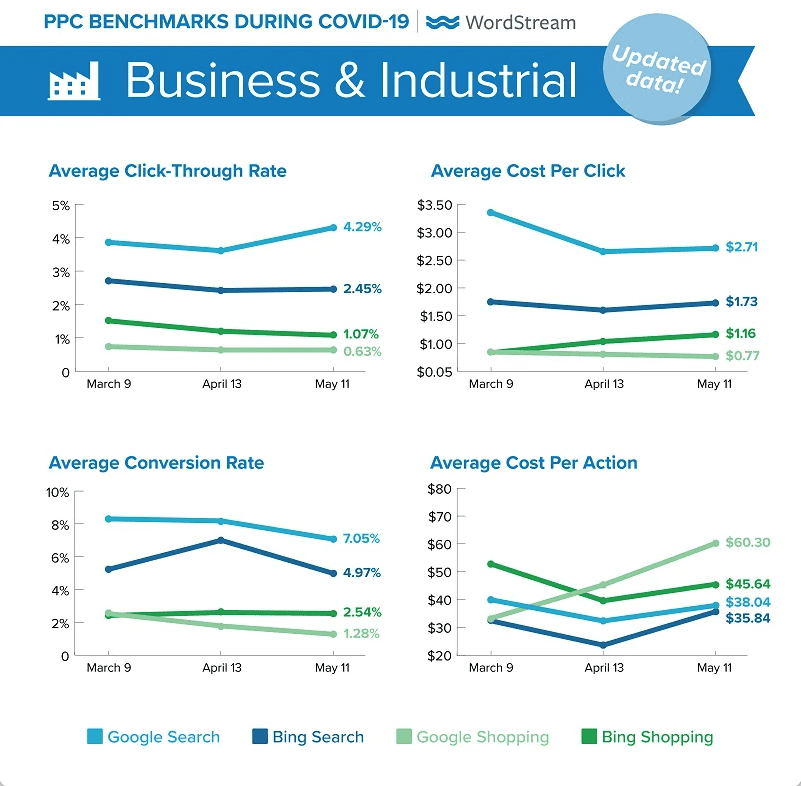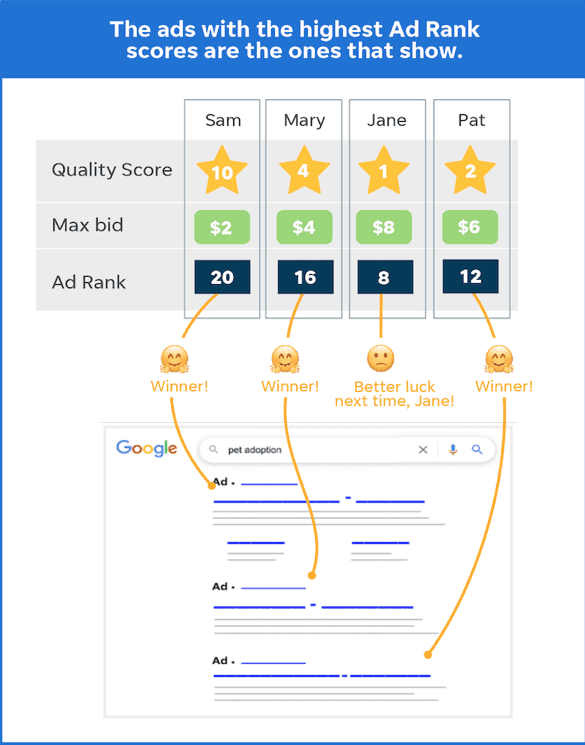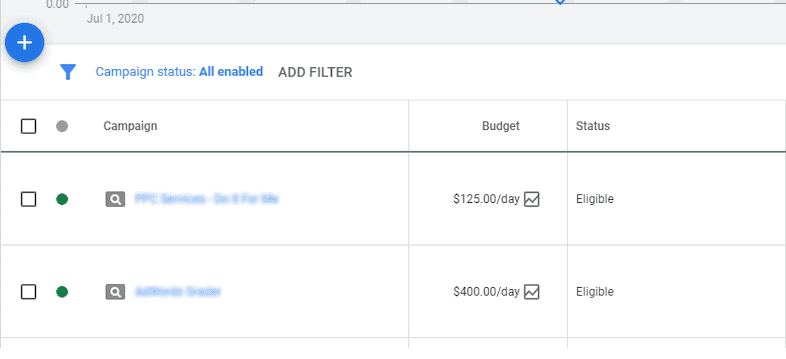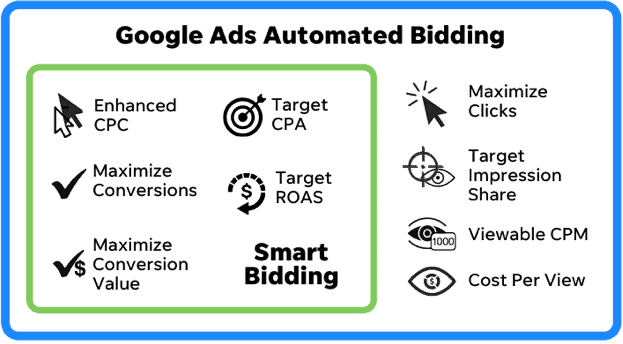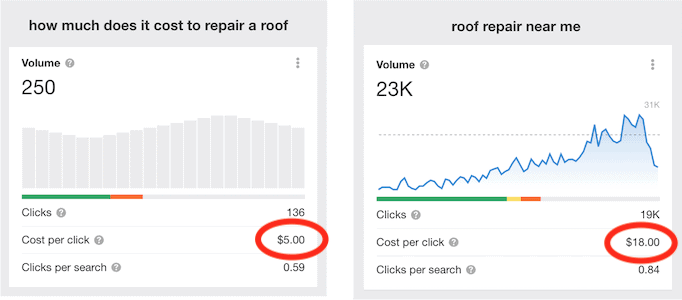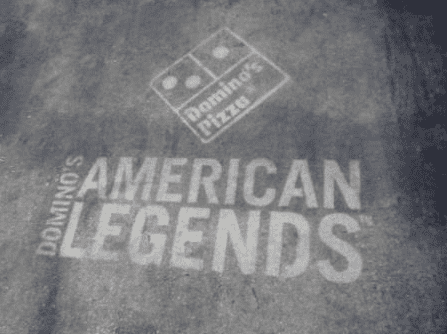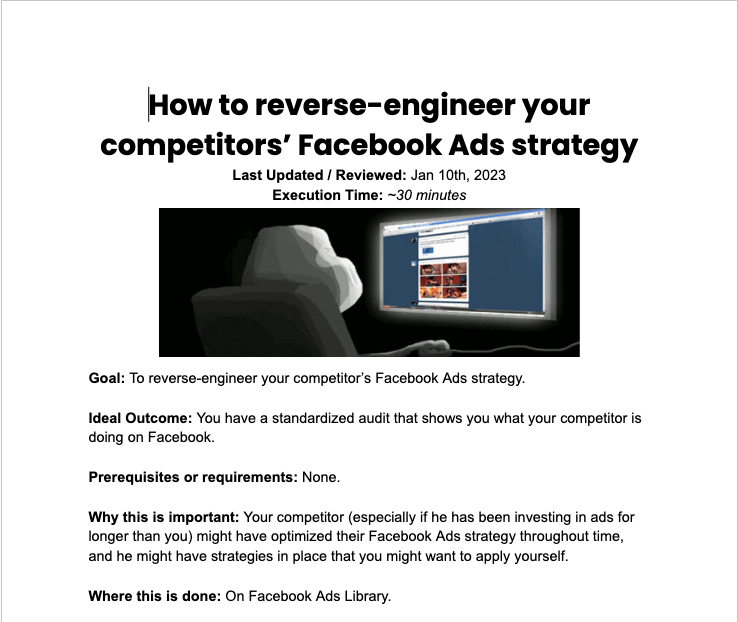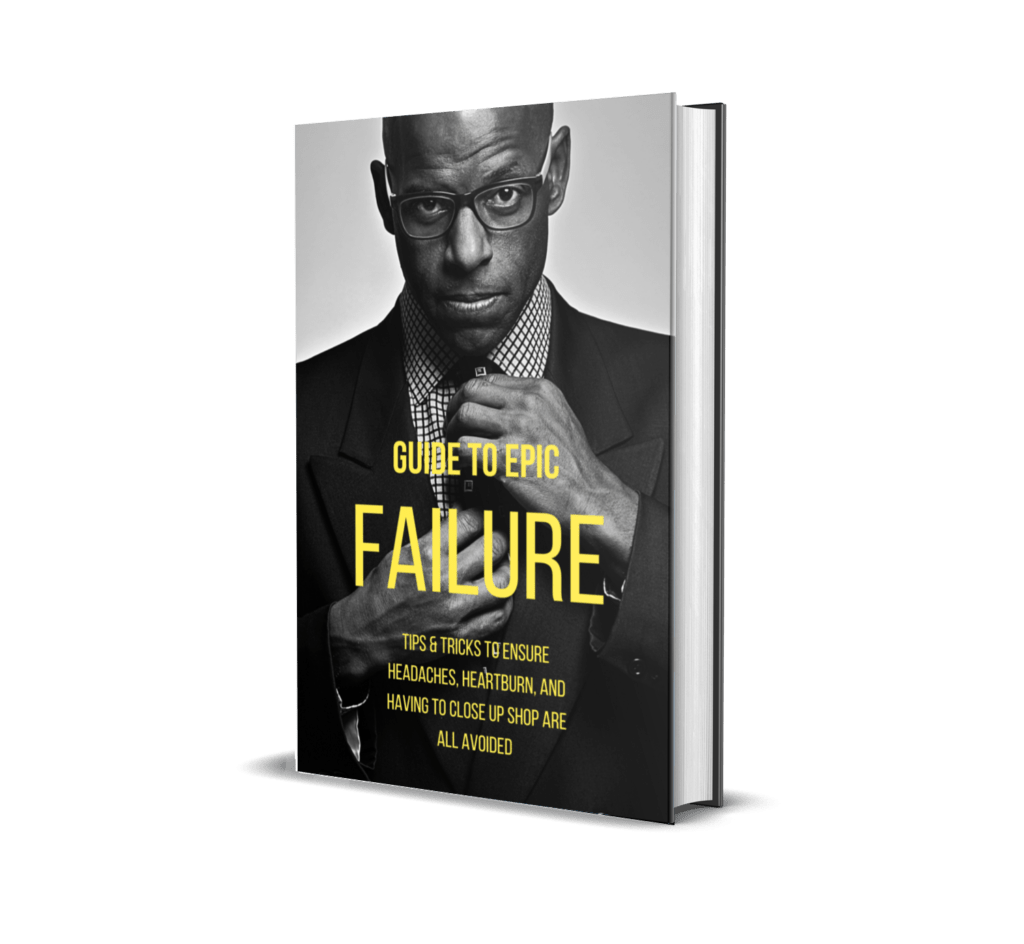How bad do you really want it?
Here’s the thing – each day has a finite number of minutes. And how you spend each one determines if or if not you achieve your goal.
Think about that.
If you focus for 1/2 your time on things that are not in line with your goal….it will take you twice as long to achieve your goal.
But it’s worse than that. “Because goals feed on momentum”
Meaning that the faster you gain traction for achieving your goal, the faster you achieve your goal, and the better the chance that actually do achieve it.
I often hear people say things like, “I really want to achieve (whatever, income, a fitness goal, whatever)” but there are things I can’t control that get in the way. They are things like emails, texts, phone ringing, wife needs something, husband needs something, kids need something, kids have no boundaries so they scream incessantly if they don’t get their way…and on and on.
But here’s what I think:
If your goal is more important than those interruptions, then you would do anything to avoid those interruptions. You see, what you spend your time on is what is important to you. If you are continuing to allow the ding of a new email or text coming in to stand in the way of your success, what you are really doing is making responding to emails more important than your goal.
Which is actually ok. Because it’s your life.
And at the end of your life, if you would rather say “I answered 29,487,890 emails within 2 minutes each” than “I wrote 3 books, coached 387 people to success, and empowered thousands to greater peace through my trainings” then that’s your choice.
Hey, I GET that if you are an emergency responder that you have to answer your texts when on call. But you probably aren’t. And if you are, you have off time. And I GET when you say, well I have to spend time with my kids, with my wife or husband. I GET that.
But wouldn’t it be better to spend 2 quality hours with them where your head is in the game, than to spend 8 hours telling them to go away because they are interrupting you?
Wouldn’t it better to find ways to develop boundaries with your children or spouse and end up spending MORE quality time and less “interruption time”?
Look, I know you might be thinking, “John, you just don’t know my situation”. And you are right, I don’t. But I do know this…success is your choice. And if whatever you are currently spending time on is more important than success…keep doing it.
But if you really want success, and it’s really important to you, wouldn’t it pay to figure out how to deal with all the things that hold you back from success? Here’s the thing…that’s what I’ve done in my life.
“One challenge at a time”. I learned how to make a fulltime income online.
Then I learned how to make a fulltime income online showing people how to make a fulltime living online. I’ve struggled with answering each email as soon as it comes in. Because I really want to. But when I consider the cost…answering every email that comes in is holding me back from being able to reach literally millions of people and help them achieve their goals.
Because the distraction of answering every email when it comes in keeps me from scaling operations to generate hundreds of thousands of subscribers instead of hundreds. The distraction of answering every email that comes in keeps me from starting new businesses, new websites, writing new emails, writing new books, creating new trainings.
So the question is…how important is it to me?
How important is success to me?
Is it important enough to choose to spend my time on things that matter?
(It is)
What about you?
What is holding you back?
What is eating your time?
Are you willing to go through the rest of your life allowing that “time eater” to control you, or are you going to make a change and choose what you focus on?
Are you willing to come to the end of your life and say “I answered texts, I answered emails, I let the kids scream,
I let my family control me” or do you want to come to the end of your life and say “I changed lives, I spent quality time with my children and taught them to respect my time, I spent quality time with my wife and husband, and we had a great life together because of the deep respect we have for each other, I had the financial success that enabled me to provide better for my family, and it allowed me to help others less fortunate?”
Look, I know this has been…long and winded. But I don’t know any other way to fully expose to you my deep thought on this issue. You see, it’s about more than just “time management” or “writing a to-do list” or “eliminating distractions” it’s about choosing what you succeed it, and simply achieving your dreams – YOUR dreams, not the consequences of your decision to just keep allowing the that detract and distract to continue to run your life.
Do you want to be in control of your life and accomplish your dreams? Or do you want to allow other things, and other people, to rule you and accept their domination by…just letting them rule you?
Or do you want to take to task the challenge…how important is it to you?
How important is your dream? And are you man or woman enough to make the hard choices – and follow through – to accomplish that dream?
John
I wish to acknowledge “Sean Minze Life Coach and Entrepreneur of Note” for some of his valuable insights..
